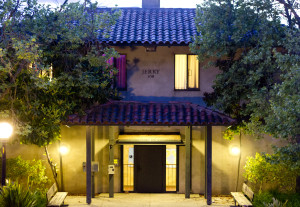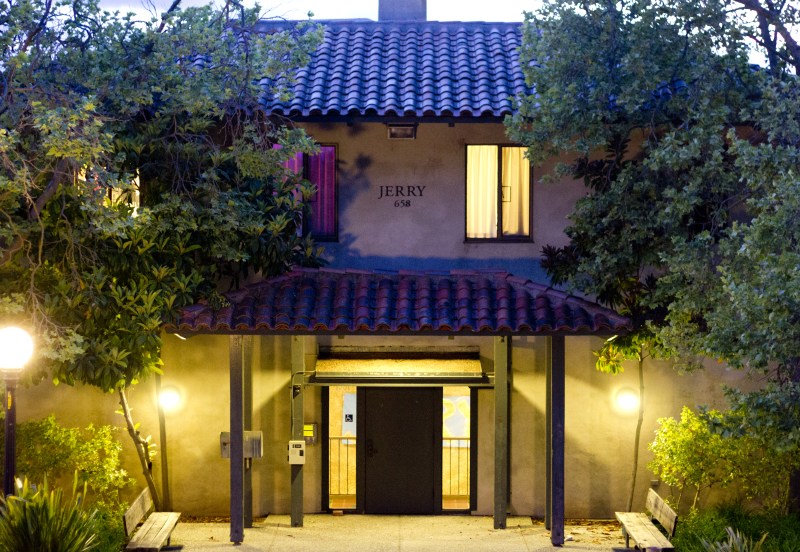Amid sustained student concerns, the University will complete the installation of ID card readers in the Lake Lagunita houses by May 15, according to an email from the Row’s Housing Front Desk.
Residential & Dining Enterprises (R&DE) Student Housing and Residential Education (ResEd) representatives have met with Row house student staff members in recent weeks to review installation plans and discuss concerns regarding the flow of workers in the residences.

Though an official schedule for the card readers’ activation is not available, Kyle Keahey, assistant dean of ResEd for the Row, said that there have been ongoing conversations on how to potentially customize door alarm settings to best fit each house’s culture and traditional programming, such as silencing the alarms for certain events or on certain programmed schedules.
“There is a collaborative conversation that’s occurring that to this point has been highly productive,” Keahey said. “That’s not to say that students haven’t been concerned about how something like this is going to impact their individual communities.”
Nate Boswell ’99 M.A. ’09, associate dean of ResEd, acknowledged a growing sense within the student body of concern over University infringements, as may be symbolized by remotely controlled card scanners. He noted that concern over the installation of card readers varies among each house with its own culture but emphasized the overarching intent of increasing student safety.
“I think that the driving force is student safety and being able to say that if there is a large-scale shooting or something else that the University has the ability to have some control over what people have access to and what they don’t,” Boswell said. “Stanford is a very decentralized campus, and we lag behind many other campuses with regard to that capability.”
Boswell also noted that Row houses have seen more break-in incidents over the last few years, an issue that the card readers’ installation might mitigate.
Scott Sakaida ’14, community manager of Kappa Alpha (KA), said that his fellow residents acknowledge the idea of improving safety measures and value the University’s attentiveness.
“I think it’s well supported because [residents] see that the University is invested in our house,” Sakaida said. “This project is designed to make accessibility and security better for us, and I think the house members appreciate that.”
He added that the card readers would not pose a serious hindrance on KA’s open-door culture since residents would hopefully still be able to let guests in, both for their programming and on a more general, day-to-day basis.
“I think it’s a stretch to say it’s going to change our image,” Sakaida said.
Magdalena Kaluza ’13, resident assistant of Enchanted Broccoli Forest, noted that her residents are more torn about the issue.
“Some people are happy for the potential of more security,” Kaluza said. “However, that is also accompanied by a lot of worrying that we won’t be able to operate programming in the house.”
While she noted the open nature of recent conversations with University officials, she cited ongoing concern as to how the use of outdoor spaces– especially the house’s deck– for daily recreation and coordinated programming could be potentially hindered by the card readers’ activation.
Kaluza added that confusion over when the installation phase was to begin— with some residents having believed they would be using card readers at the start of this year– made communication with University administrators initially doubtful.
“Open communication has started very recently, and I don’t think there has been enough communication,” Kaluza said.
